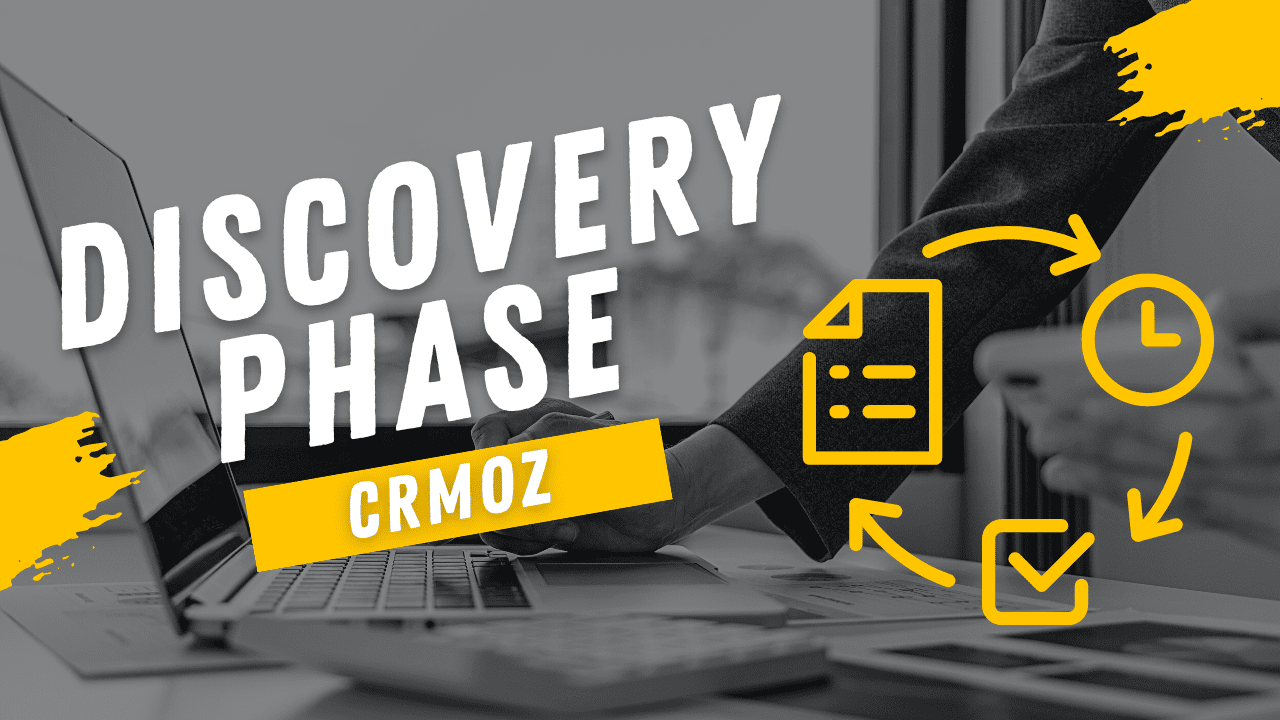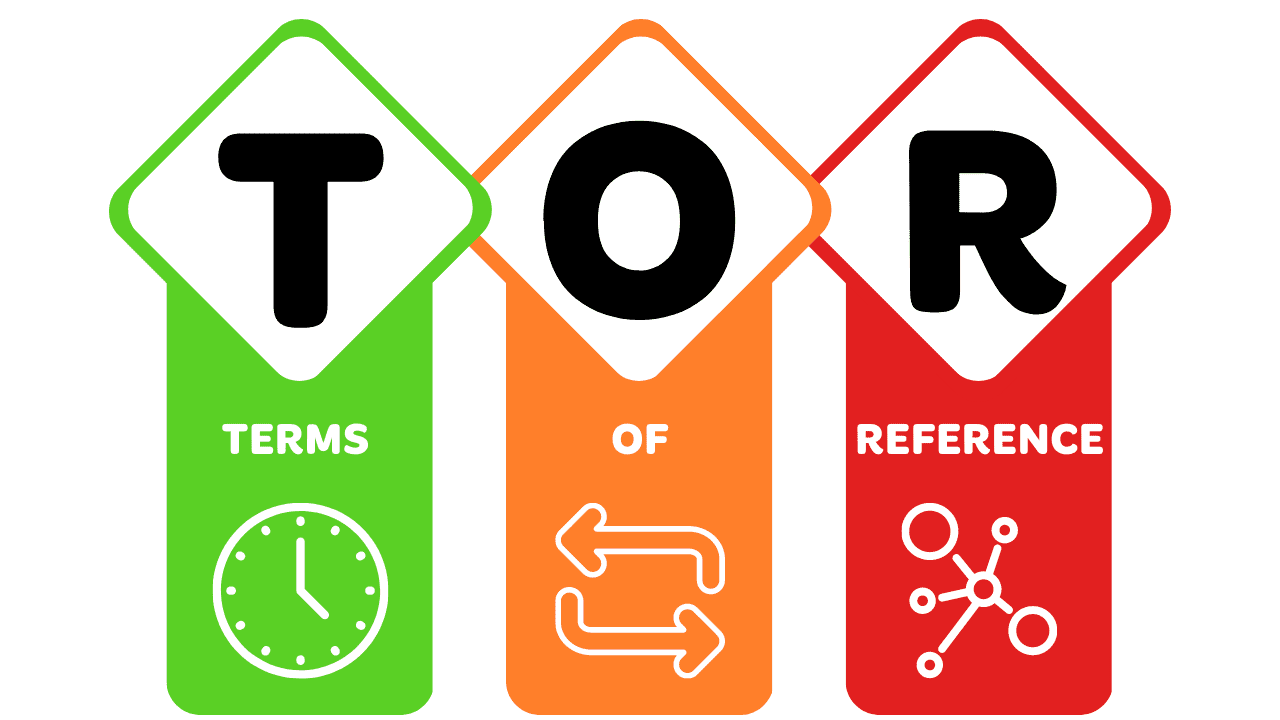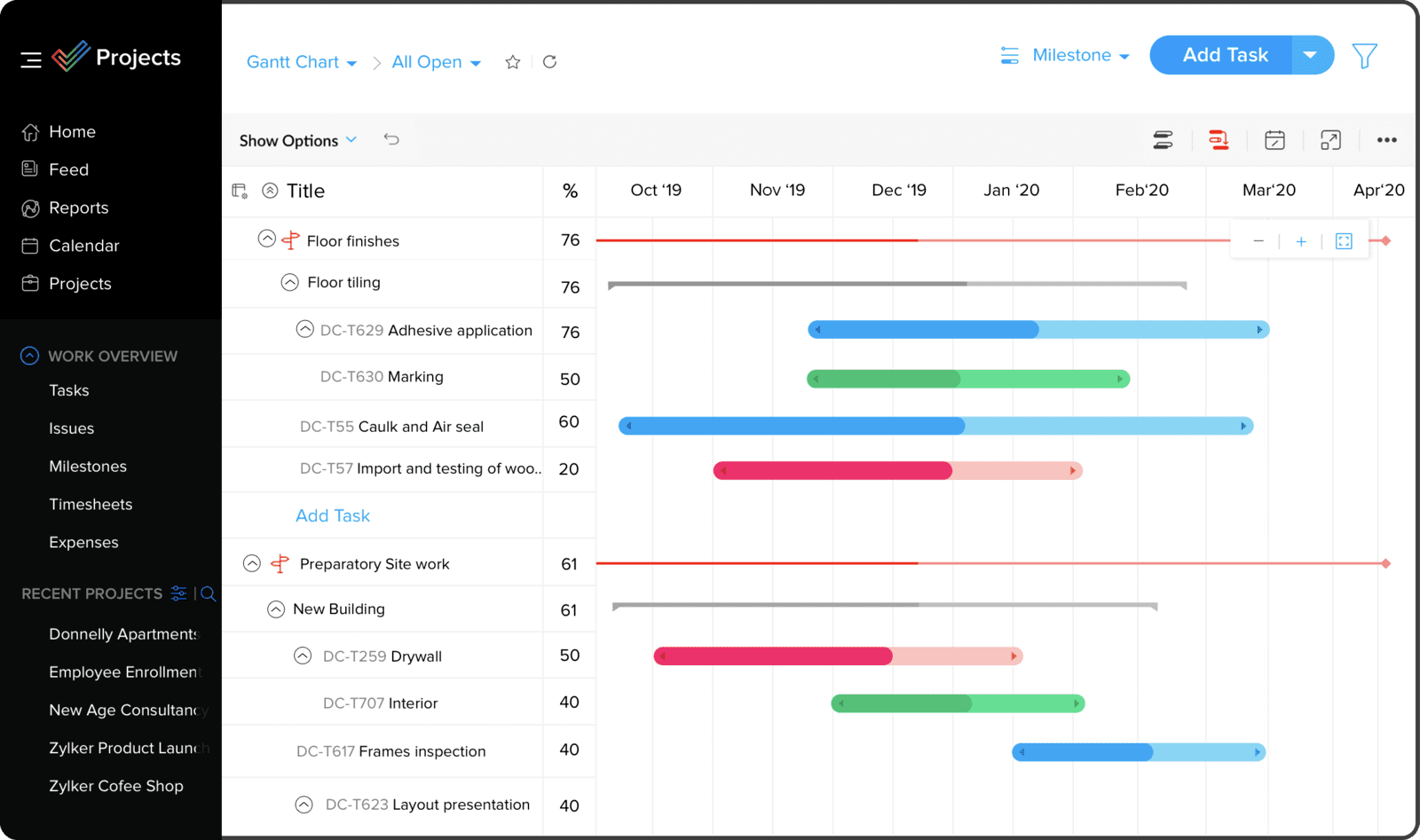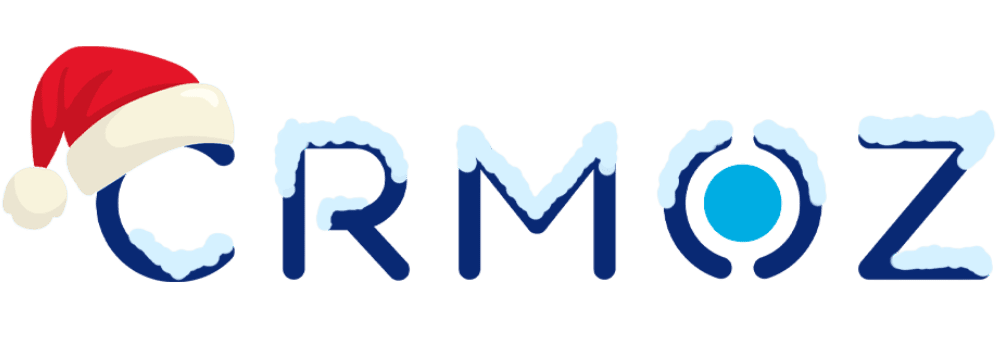
What is it Discovery phase?
Discovery phase - is the first mature stage of discussion between the software company and the client. Simply put, it is a complete analysis of project development, which includes aspects such as:
- The purpose of the Business, as well as the goals of the involved Projects.
- Pain points, risks, gaps and critical requirements.
- Systems inventory: existing systems requiring integration with CRM.
- A comprehensive representation of the deployment area.
- Transition project from existing infrastructure to planned infrastructure.
- Search for possible data sources for the new implementation CRM .
- Setting the schedule and priorities
- Creating a roadmap for project development
- Allocation of roles in the project
- Calculation of time and budget.
Why does Discovery Phase does the project matter?
Discovery Phase helps you clearly understand when, how, and what you'll get by documenting all important aspects of project development, from expectations to exact functionality and estimates.
As a software development company, we study your exact expectations and requirements to better understand your business idea. What's more, as our solution architects and development team become more familiar with your product history, they are able to create the most appropriate solutions to meet your needs and expectations. This allows them to offer alternative solutions that can greatly enhance the bottom line value that end users will receive.
Sometimes our technical experts offer alternative solutions during the project discovery phase that meet the needs and expectations of the customers, but will be implemented differently. In this way, we can achieve a reduction in project development time and cost, which is highly appreciated by our stakeholders, providing them with added value.
What you get at the end of the process Discovery?
The discovery process provides the team and employees with insightful guidance on their priorities and responsibilities when implementing CRM.
As a result Discovery Phase you will get :
- BPMN scheme that corresponds to his processes in the company, taking into account all the software he uses.
- The Terms of Reference document, which describes all the details and nuances.
- Gantt chart - the total number of hours to implement the project and the exact number of days to implement the project.
BPMN scheme
The creation of almost any business solution, including CRM, does not do without the creation of business processes.
Building a business process is not always a simple thing, because you need not only to draw a certain scheme, but also to think about how this or that process will occur in practice, to regulate it, to bring these regulations to each employee, to test how everything happens in practice, to think about the deficiencies and options for improvement.
To model a business process in accordance with the notation BPMN most often used special software for modeling business processes that can not only make the scheme, but also to ensure the actual operation of the business according to these schemes.
Let's understand what the system BPMN and how the modeling of business processes BPMN ?
BPMN - Business Process Management Not ation is a system of conventions for constructing a scheme of business processes (business process modeling).
Any scheme of this type is based on an event. For example, events may include:
- Receipt of a request from a client (initial event).
- Document creation.
- Approval of the document.
- Sending goods to the customer/providing services to the customer.
- Receiving feedback from the customer (the final event if you do not need to process the feedback).
- Other events.
In addition to events, there are gateways. They are the ones that allow you to get a specific business process flowchart, because it is the gateways that regulate the movement of the process. These are numerous bindings with logical values "further", "if", "and". They allow business processes to branch: several gateways depart from one event (e.g. receipt of a request): fixing the request, processing the request, collecting contact data from the customer, and so on.
Terms of Reference

The Terms of Reference (ToR) outline the background, purpose and objectives of the proposed project. The ToR template includes a set of criteria necessary to make strategic decisions about project management. In addition, this document defines the activities, risks, budget, and expertise associated with the project.
In project management, the TOR is a strategy-level document that describes the expected deliverables, who is responsible for each deliverable, and the time frame in which they must be completed. The TOR specifies planned activities, typical inputs and outputs, project budgets, work schedules, and job descriptions. It is used to evaluate the work of the project team, contractors, consultants, experts, and other project stakeholders.
The purpose of the ToR is to specify the scope and type of work to be performed on the project. It is also the guiding document that establishes and defines the relationships between all stakeholders of the project. The TOR document is developed after the project has been defined, defined and planned.
The project TOR contains a clear description of the following important information:
- Rationale for launching the project.
- Proposed project management methodology, as well as work plans and activity schedules.
- Expected resource requirements, primarily in terms of personnel.
- Reporting rules and requirements .
Gantt chart

The Gantt chart, commonly used in project management, is one of the most popular and useful ways to display actions (tasks or events) as a function of time. To the left of the chart is a list of actions, and at the top is a suitable timeline. Each action is represented by a bar; the position and length of the bar reflect the start date, duration, and end date of the action. This allows you to see at a glance:
- What are the various activities
- When each action begins and ends
- How long will each action last
- Where do actions overlap with other actions and how much
- Start and end date of the entire project
The diagram shows tasks that can run in parallel and those that cannot be started or completed until the others are completed. This can help discover potential bottlenecks and identify tasks that may have been excluded from the project schedule.
The diagram shows things like free task time or extra time to complete a task that should not delay the project; non-critical actions that can be delayed; and critical actions that must be completed on time.
Gantt charts can be used to manage any size or type of project. Gantt charts help visualize the various tasks and projects that are going on simultaneously in an organization and how far they have progressed. They are used by management to plan and schedule such projects so that resources can be allocated optimally and priority projects can be completed before less important ones begin.
What problems can be solved during the Discovery phase of the project?
Let's take a brief look at the main problems that can be solved during the software discovery phase:
# 1 Endless project scope changes and budget creep
The lack of strictly documented and measurable milestones can lead to endless changes and expansions in project scope. This, in turn, is likely to lead to project launch delays and budget overruns.
#2 Missed deadlines and costs for installation
The software discovery phase creates a rigorous timeline with iterative phases of project development that define the exact timing of project development. Lack of defined goals, priorities, and requirements can lead to extended timelines and delayed launches. Thus, you, as the client, may face climbing costs throughout the project development process.
No. 3 Unsuitable projects that do not meet your requirements
The project research phase allows both parties to avoid all misunderstandings and stay in touch in the future. You can specify exact expectations and receive meaningful feedback from our solution architects in terms of technical implementation.
This means they specifically describe a way to create a feature or the entire functionality of a product to meet your needs and expectations. This is a win-win strategy for both your company and Ascendix Tech, as we eliminate all possible uncertainties up front.






